- Home
- >
- Preservation Archaeology Blog
- >
- From the Field School: Learning to See
(July 10, 2025)—Before arriving at Archaeology Southwest’s field school, my experience with archaeology was mostly limited to textbooks and classroom lectures. As an undergraduate student just beginning to study archaeology, I knew I was interested in the discipline, especially a career in Cultural Resource Management (CRM), but I wasn’t sure what to expect once I actually stepped into the field.
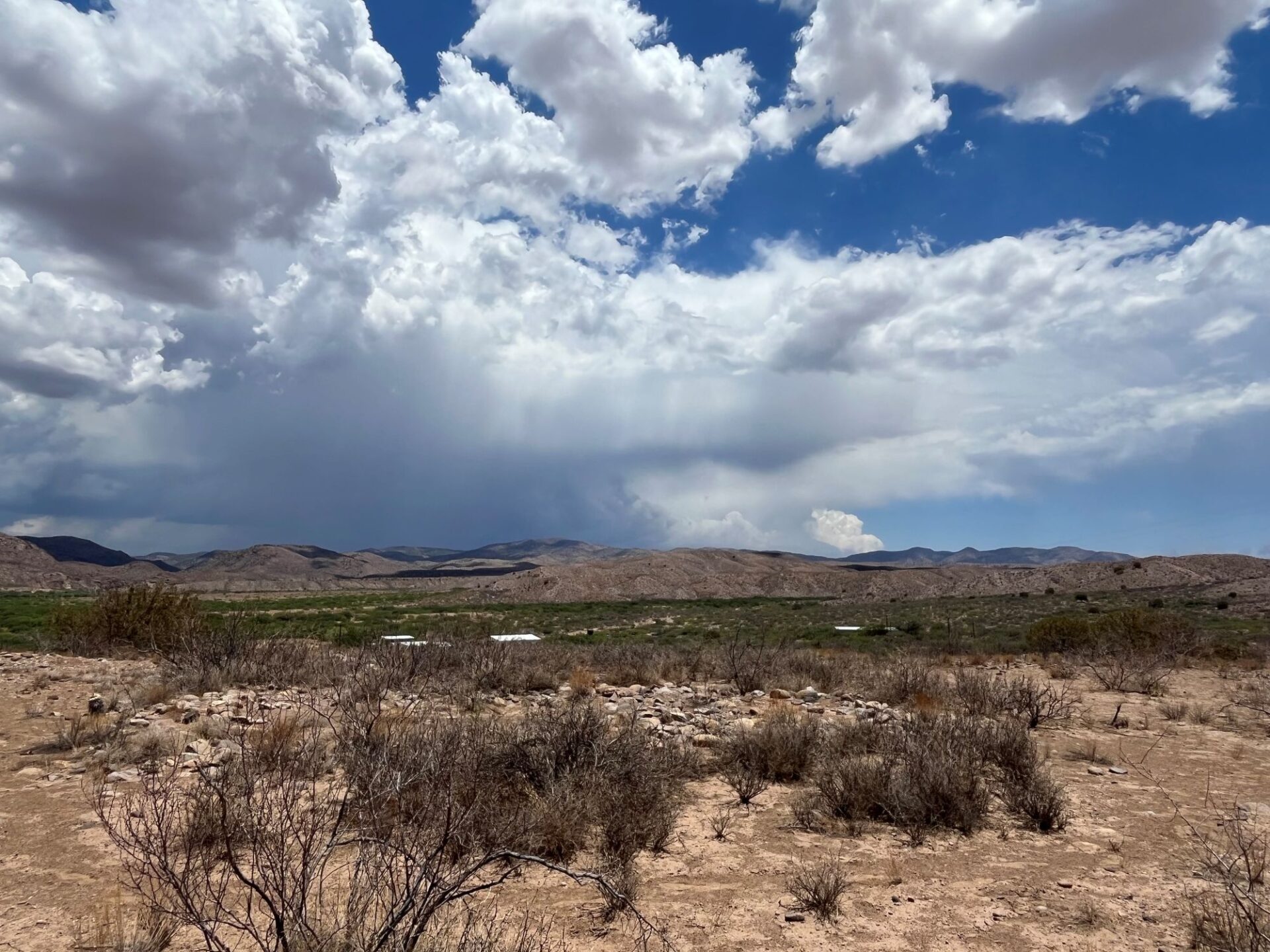
One of our first field outings was to the Valencia archaeological site in Pima County, where I spotted my first piece of pottery. Here, I saw how some archaeological sites don’t have obvious structures or features to the untrained eye, but often, just artifacts scattered across the surface. Learning how to see these artifacts, and eventually, the buried structures, became the first skill I had to develop. I immediately learned to keep my eyes on the ground, not just to watch where I stepped, but to skim for pieces of pottery or lithics. At first, it was surprisingly difficult. Almost everything looked the same.
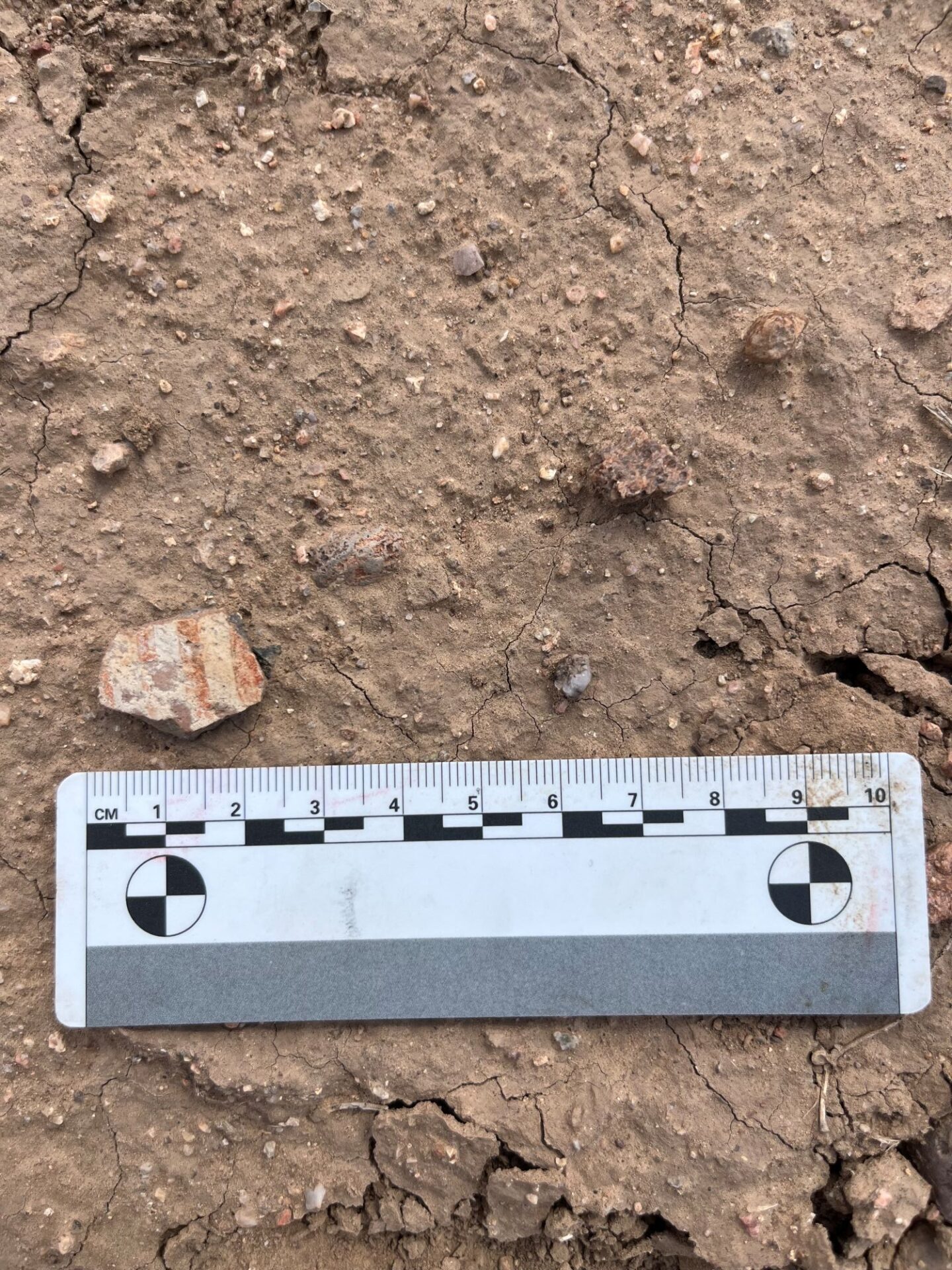
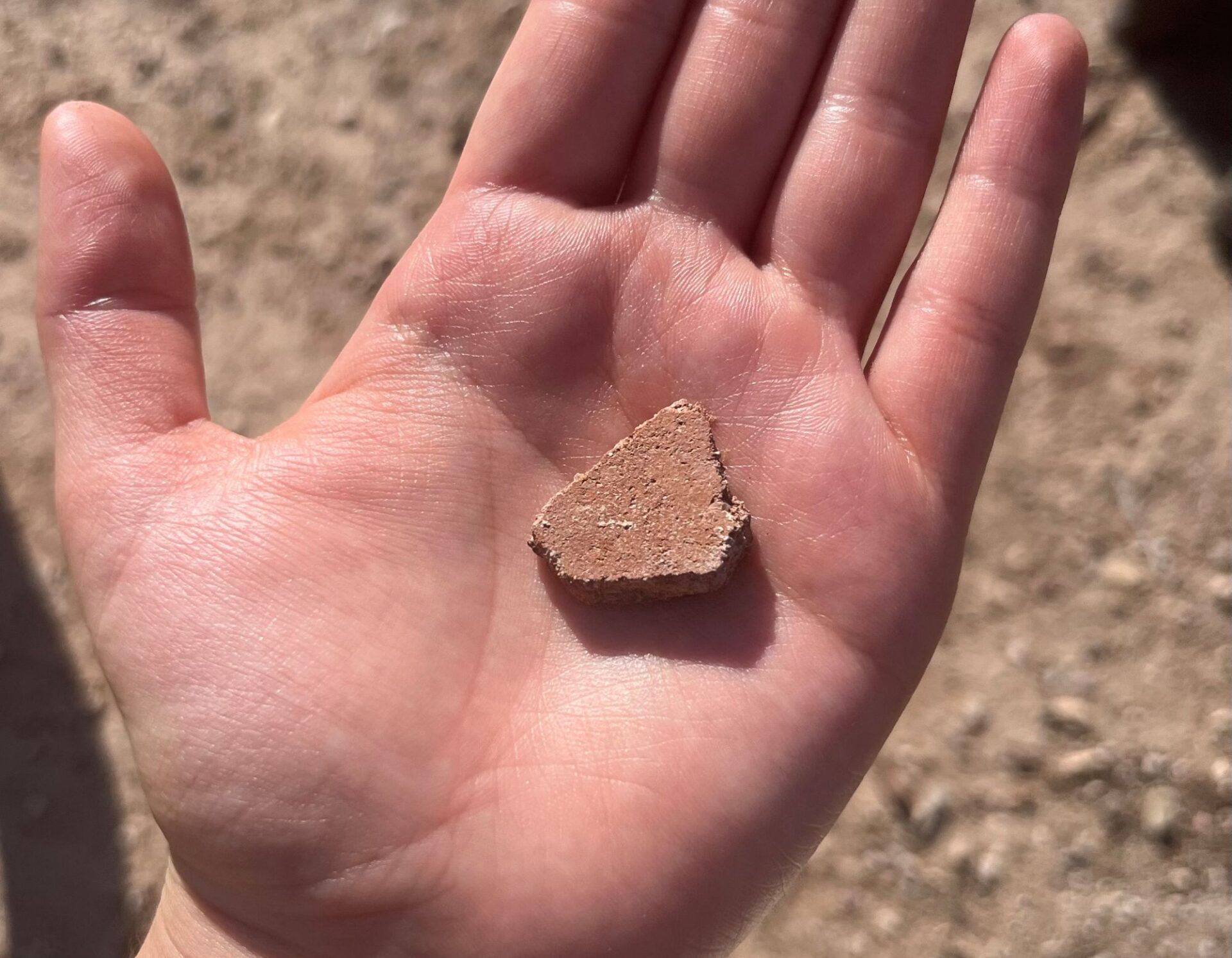 Prior to my first full rotation in the field school, survey, we spent a week listening to lectures and practicing analysis at the Western New Mexico University Museum, where we were introduced to the types of artifacts we might encounter in lab analysis and at sites in the field. We learned how to identify different pottery styles by appearance, region, and time period. Features like paint color, line thickness, decorative patterns, and even surface texture can help date an object and determine its origin.
Prior to my first full rotation in the field school, survey, we spent a week listening to lectures and practicing analysis at the Western New Mexico University Museum, where we were introduced to the types of artifacts we might encounter in lab analysis and at sites in the field. We learned how to identify different pottery styles by appearance, region, and time period. Features like paint color, line thickness, decorative patterns, and even surface texture can help date an object and determine its origin.
This background gave me a stronger understanding of what I’d be seeing during survey—I wasn’t just recognizing pottery, I was beginning to understand what kind it was, and why it mattered. When we started survey a few days later, it was exciting to realize how much I was already able to recognize. It’s one thing to hear someone describe what a flake looks like in a lecture and another to spot one on the ground of a site that is thousands of years old.
Survey work meant walking in a straight line, literally. Learning to use a compass to keep our bearing, we’d walk side-by-side across large sections of land, scanning the ground as we went. When I found something diagnostic, like a decorated sherd or a distinctive lithic (flaked stone), I would mark it with a pin flag. Then I’d record its location, map it using a GPS tool, and take photos for the site’s photo log. I thought it would take days to start noticing artifacts, but after just a few hours, my eyes began adjusting. I was flagging more pieces, asking better questions, and steadily learning how to document a site. Every step, from working a compass, to flagging sherds and entering GPS data, was something I was excited to learn.
Shortly into my survey experience, and with the continued guidance of my instructor, I was seeing things I would have missed before: the rounded edges of a repurposed, possible game-piece potsherd, the color contrast of a Mimbres Style III or Three Circle Red-on-white decorated sherd half-buried in the dirt, and the telltale ripples of a small, flaked piece of obsidian. The lectures and early site visits gave me the background I needed to understand what I was looking at and how to look for it, but the field was where it all began to click.
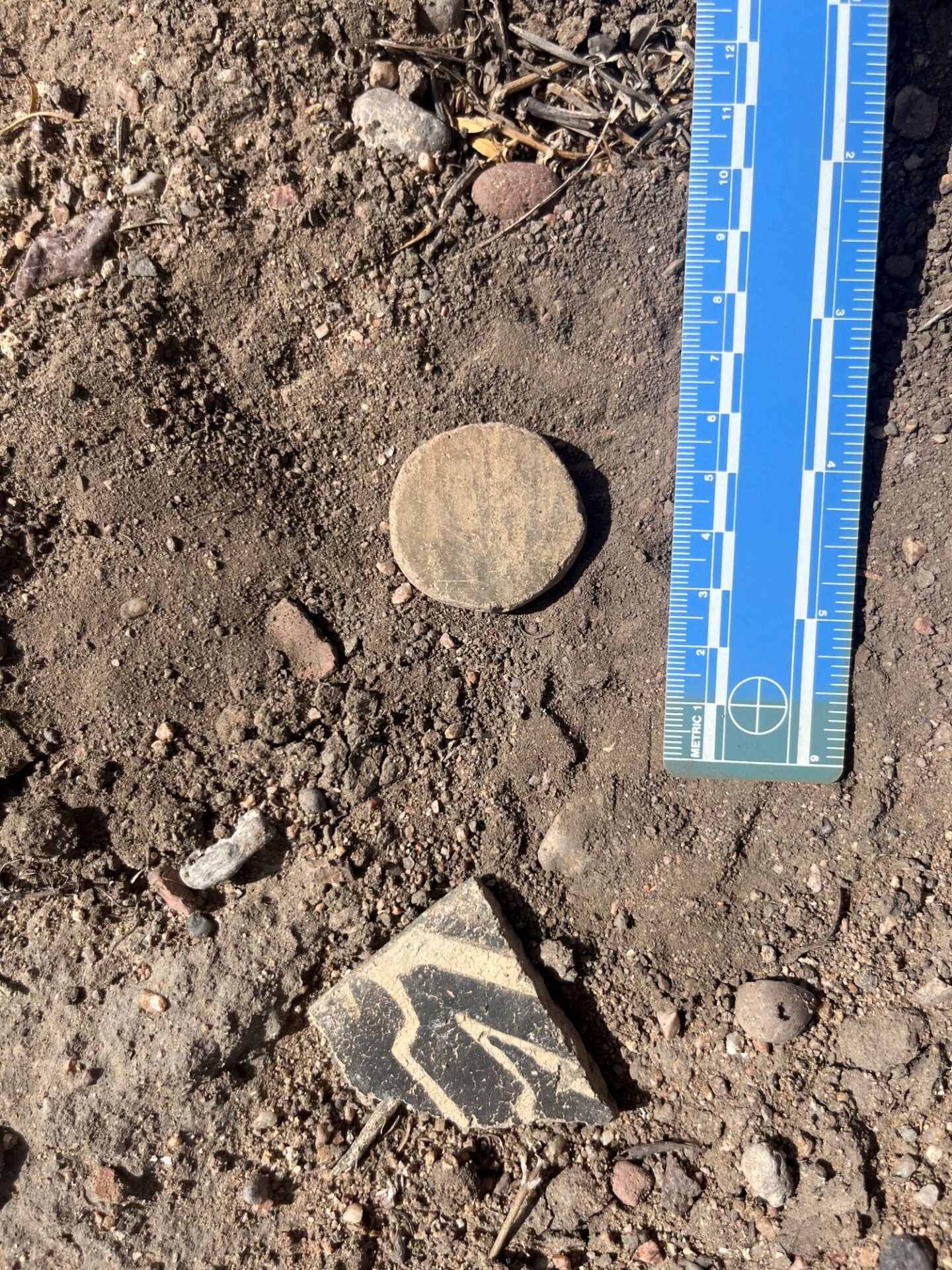
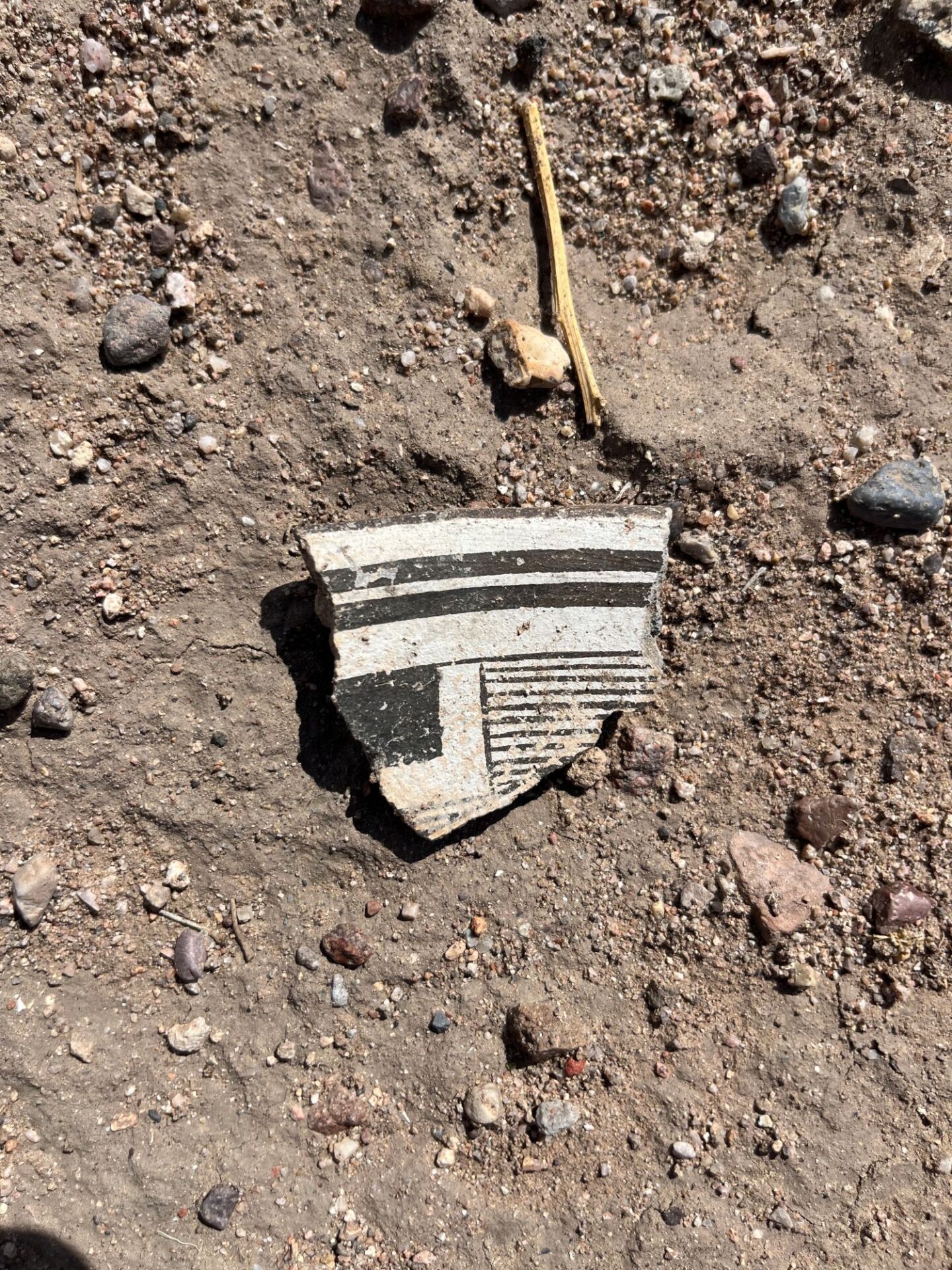
The combination of early training at the museum and hands-on fieldwork helped me quickly develop practical skills that I know will be essential in my future studies and work, whether I pursue CRM or not. Being able to recognize, record, and understand what I’m seeing in the field has already made a huge difference in my ability to understand artifacts, whether I’m finding them in the field or analyzing them in a lab. The further I have progressed in this field school, the more clearly I have learned to see.
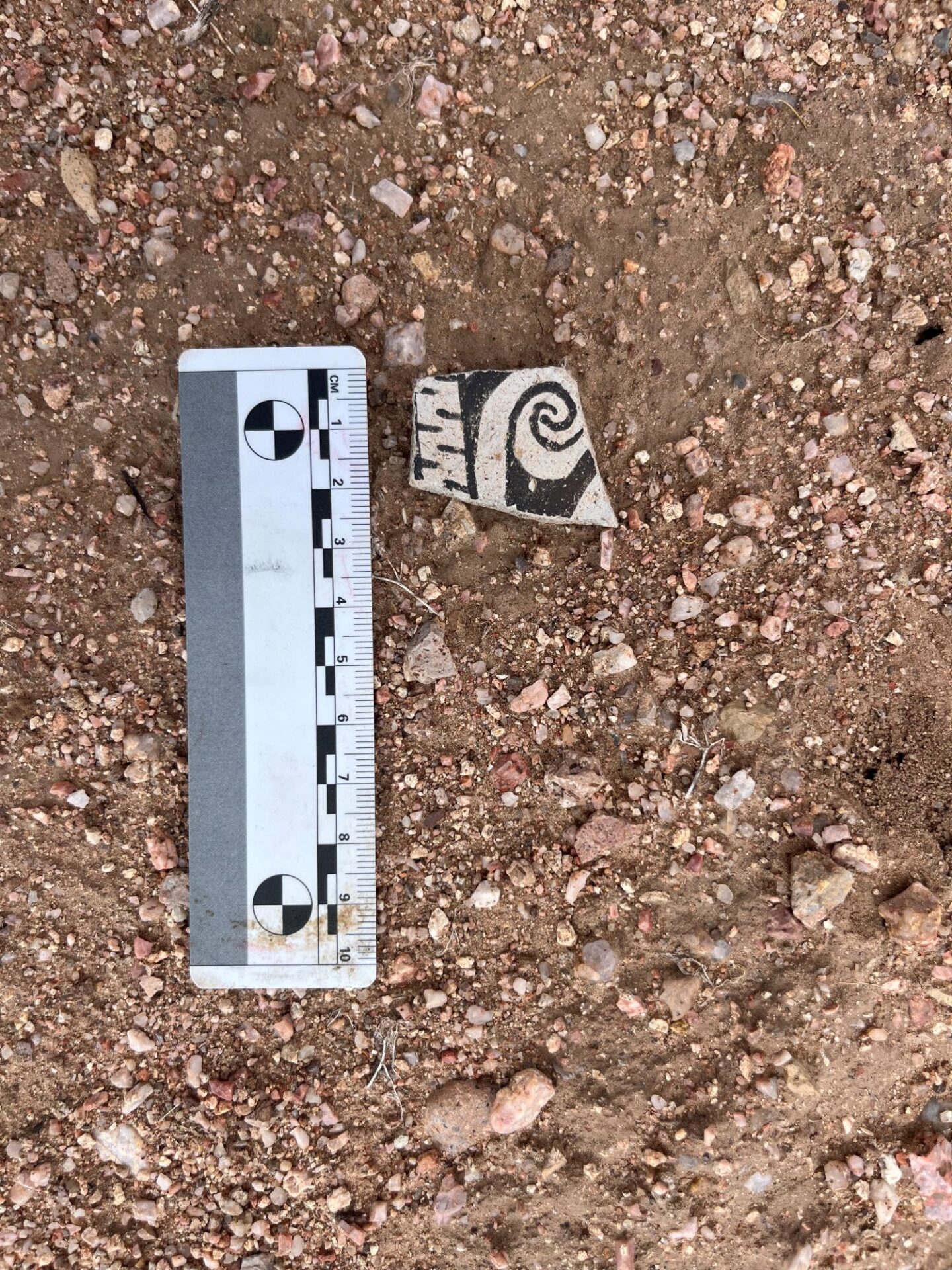
Explore the News
-
Join Today
Keep up with the latest discoveries in southwestern archaeology. Join today, and receive Archaeology Southwest Magazine, among other member benefits.